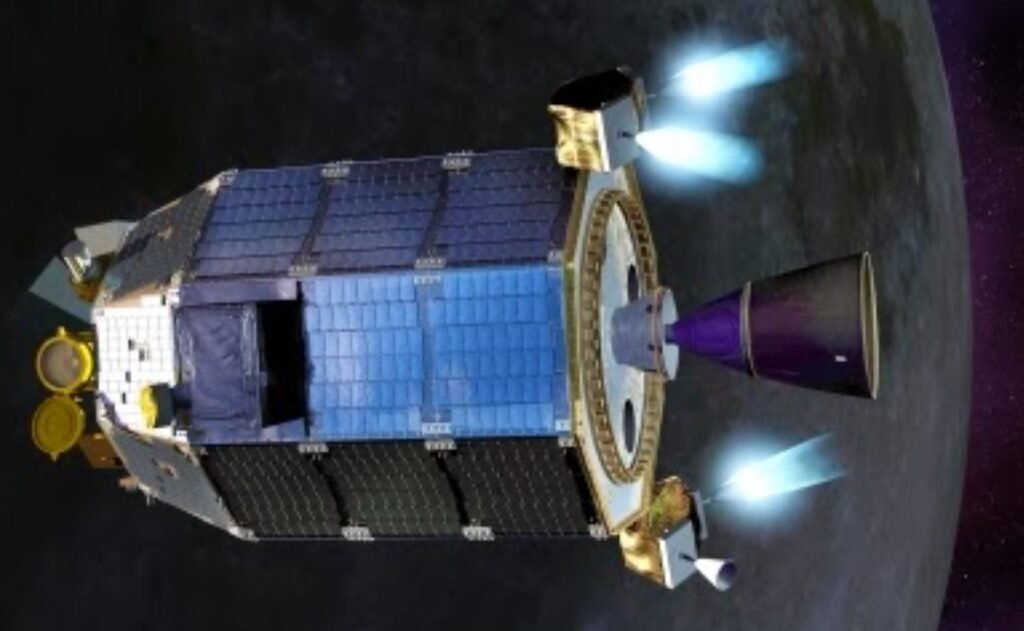NASA’s Deep Space Optical Communications (DSOC) experiment has successfully transmitted data via laser from nearly 10 million miles (16 million kilometers) away, setting a new record for optical communication in space. The experiment, which is part of the Psyche mission to explore a metallic asteroid, aims to demonstrate the potential of laser communication for future deep space exploration.
DSOC uses a flight laser transceiver, a device that can send and receive near-infrared signals, attached to the Psyche spacecraft. The transceiver sends a laser beam encoded with test data to a ground station on Earth, while also receiving a laser beacon from another ground station to help it aim accurately. The ground stations are equipped with powerful telescopes and detectors to capture the faint signals from the spacecraft.

The test data sent by DSOC is not related to the Psyche mission, but rather serves as a way to measure the performance of the laser communication system. The data rate, latency, error rate, and other parameters are monitored and analyzed by the DSOC team at NASA’s Jet Propulsion Laboratory (JPL) in Southern California, which manages both DSOC and Psyche.
Why Laser Communication Matters
Laser communication, or optical communication, offers several advantages over the traditional radio communication that NASA has been using for decades. Laser communication can provide higher data rates, lower power consumption, smaller and lighter equipment, and better security. This means that future missions can send more scientific information, high-definition images, and even streaming video from deep space, enhancing our understanding and exploration of the solar system and beyond.
Laser communication also has some challenges, such as the need for precise pointing and tracking, the effects of atmospheric turbulence and clouds, and the interference from sunlight and other sources. DSOC is designed to overcome these challenges and test the feasibility and reliability of laser communication from deep space.
What’s Next for DSOC
DSOC achieved its first light, or the first successful transmission and reception of laser signals, on Nov. 14, 2023, after the Psyche spacecraft launched on Oct. 16, 2023. The experiment will continue to send test data to Earth during its two-year technology demonstration as Psyche travels to the main asteroid belt between Mars and Jupiter. The Psyche mission, which is part of NASA’s Discovery Program, will study the origin and evolution of a unique asteroid that is thought to be the exposed metallic core of a protoplanet.
DSOC is one of several NASA initiatives to advance laser communication for space applications. In 2021, NASA launched the Laser Communications Relay Demonstration (LCRD), which is the agency’s first two-way, end-to-end laser relay system. LCRD will test laser communication with various ground stations and spacecraft, including the International Space Station. In 2024, NASA plans to launch the Laser Interferometer Space Antenna (LISA), which will use laser communication to detect gravitational waves from cosmic sources.
NASA’s investment in laser communication technology will enable faster and more efficient data transmission for future missions, opening new possibilities and discoveries for humanity’s exploration of the final frontier.
